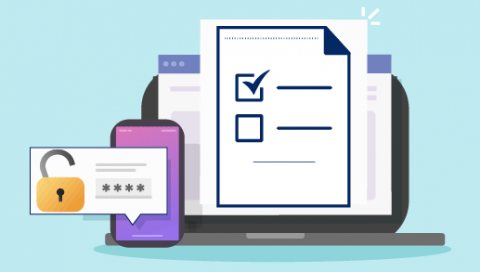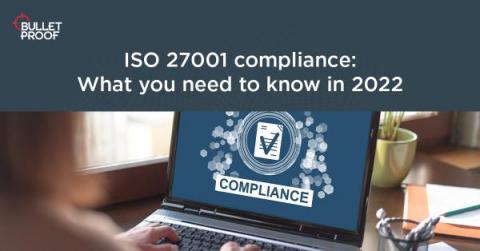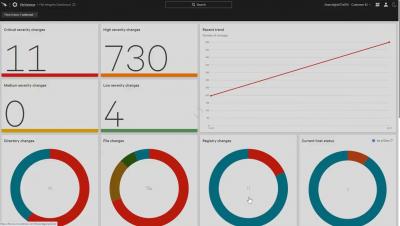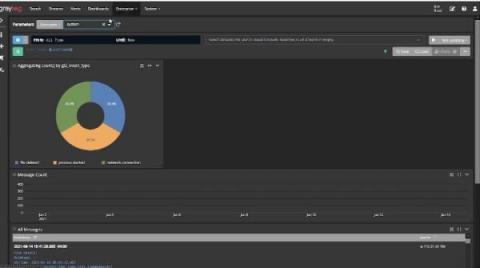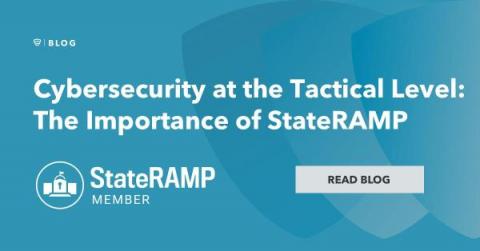CCPA Compliance Checklist
California Consumer Privacy Act is a data privacy regulation established in the US. Achieving and maintaining compliance with the regulation can be overwhelming for organizations. But with the right understanding of the CCPA Compliance regulation and adhering to the compliance requirements, achieving compliance can be easy. So, explaining the regulation in detail we have shared an informative checklist that organizations can refer to as steps to achieve CCPA compliance.


